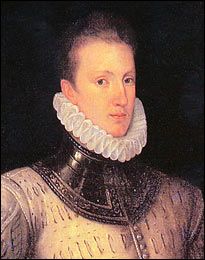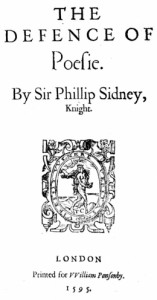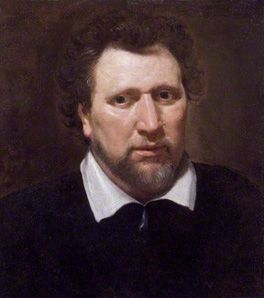|
Next month, on 8 and 9 June 2014, a conference is to be held exploring the idea of connection between writing and location. Literary scholars and architectural historians will come together at Penshurst Place in Kent, the home of Sir Philip Sidney and the inspiration for Jonson’s famous poem. Entitled Dramatizing Penshurst: Site, Scripts, Sidneys, This conference…, featuring a Globe Education ‘Read not Dead’ staged reading of Lady Mary Wroth’s Love’s Victory, offers a unique opportunity to explore how site and writing connect in the work of the Sidney-Herbert family. How does the architecture of the great house, the gardens and the estate function as a symbolic site of community for this literary coterie? How, in turn, do the plays, poems, letters and stories recreate the site, dramatizing it in fictive scenes? The conference will explore how Penshurst Place operates as a repository of memories and tradition and simultaneously as a place of literary innovation (in sonnet sequences, lyrics, female-authored drama and pastoral romance. Sir Philip Sidney, eldest son of Sir Henry Sidney who was Lord Deputy of Ireland, is the most famous past inhabitant of Penshurst. Philip was highly-educated and accomplished, known as a poet and a patron to writers including Edmund Spenser whose Shepheardes Calendar was dedicated to him. As a courtier he was “the flower of chivalry” and appointed by Queen Elizabeth as ambassador to part of Germany. Also a soldier, he died at the age of 31 after being wounded in battle in the Netherlands. He was greatly mourned, being honoured with a state funeral and burial in St Paul’s Cathedral. His poetry and prose was not published during his lifetime and his memory and reputation was nurtured by the rest of his family who were also poets. As he died in 1586 it’s unlikely that Shakespeare and he met, but Shakespeare must have been aware of his reputation and of his literary works. It was above all his sister Mary who was responsible for promoting his memory by publishing his literary works. She, her brother Robert and Robert’s daughter Lady Mary Wroth were all distinguished poets. The Sidneys were also connected to another powerful family, the Herberts. Mary Sidney, Philip’s sister, married Henry Herbert and their sons William and Philip were the promoters of Shakespeare’s First Folio in 1623. In an additional complication Lady Mary Wroth had an affair with one of the brothers, William. Penshurst itself was immortalised by Ben Jonson’s 1616 poem in praise of the house, the estate and its owner Robert Sidney, Philip’s younger brother. It’s not the building itself, but what happens within it and the moral qualities of the masters of the house are what makes it special. The detailed description gives an impression of a place of dreamy, sylvan perfection, apart from normal life, a paradise of plenty and hospitality for owners, servants and visitors alike.
A one-day conference is also being held at the University of Leeds on Friday 30 May to celebrate the publication of the Cambridge Edition of the Works of Ben Jonson. The printed version was published in seven volumes by Cambridge University Press in July 2012. It provides fully-annotated and modernised texts for both students and the general reader. Earlier this year the edition was published online. Taking advantage of the possibilities of online publication it is fully searchable and as well as all the original introductions and commentary it also includes much additional material such as hundreds of digital images, lists of performances of Jonson’s plays, and essays on Jonson. Here is the link to the dedicated website. Although the edition itself is only available on subscription this additional material is free to all. A pity, I think, not to include a sample of the online edition so people can at least see what they’re missing. Contributors to the day include several people who have been involved in the challenge of simultaneously preparing the work in two formats, with eminent professor David Bevington joining in from Chicago by Skype. It’s already being said that the new editions will result in a reappraisal of the man and his work. Jonson was the first playwright to preserve his writings for posterity and he would, I’m sure, love the attention this new edition will bring.
|




